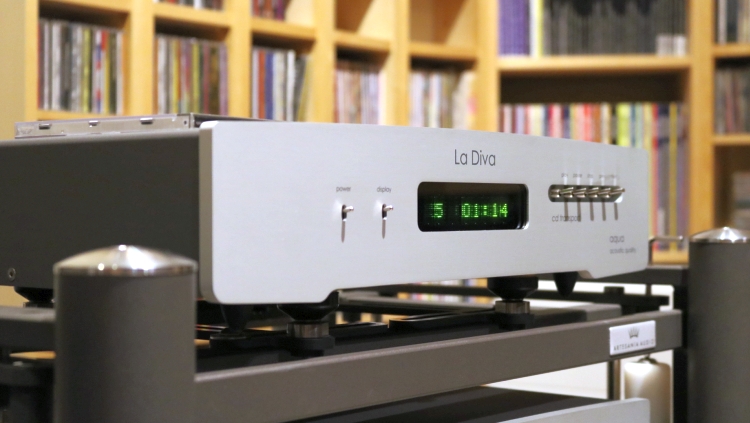
Servers and Streamers and CD players
While I was enjoying the K50 server, and the LinQ with the NAA Core module had thoroughly stirred the pot by introducing a profound improvement to the sound when using it in conjunction with the K50, the Grimm MU1 server came along to further spice things up.
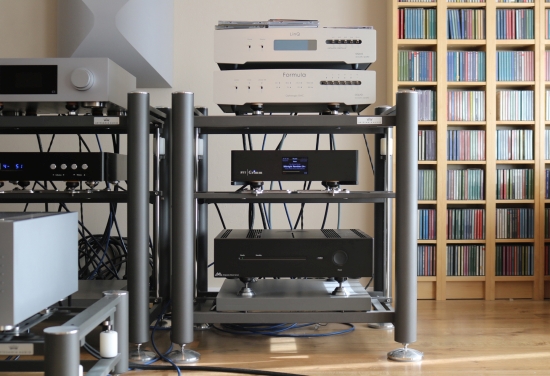
While, up until that point, the Antipodes K50 + Aqua LinQ combo provided the very best sound that I could achieve with a server-based source, the K50 is admittedly overspecified to function merely as a server. And, frankly, this combo accumulates to a disproportionate cost. But now, there was the MU1 that in a one-on-one comparison outperformed the K50 in certain aspects.
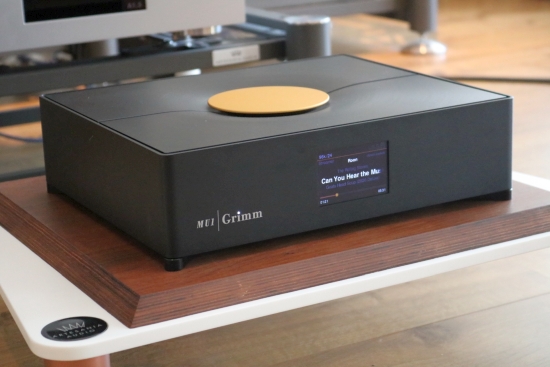
Above: Grimm MU1; Below: Antipodes K50
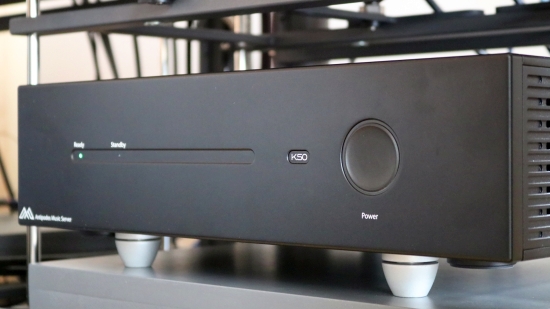
There are some differences in character between the MU1 and the LinQ (see the MU1 review for the details) but ultimately, they both offer absolutely superb sound. I consider both to be the pinnacle of what can currently be achieved with server-based or streaming audio and that’s why they are both in my system. I should add that the MU1 costs 9800 euros without storage and is limited to Roon while the LinQ’s modular approach allows the user the freedom to choose from a multitude of formats including Roon via HQP NAA, at a cost ranging from 5.680 to 6.980 euro depending on the configuration.
But how does all this server and streamer talk relate to the La Diva CD transport, I hear you ask? Well, let me tell you!
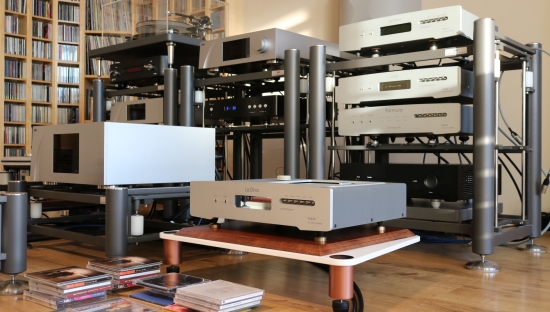
La Diva round one
As if the above result wasn’t interesting enough, here’s where it gets really interesting! Although the original Diva (Mk1) transport surpassed my best server solutions up until that point in terms of tightness, articulation, and transient attack, it was also leaner, slightly narrow in soundstaging, and tonally less saturated. But regardless, in terms of flow, fluidity, and emotional intent, the CD transport came out all the way on top. It’s sometimes subliminal, almost, but I feel like the CD transport gets even more to the core of the performance. Its delivery somehow makes it easier for me to connect with the performance emotionally, to relax into the music, and let everything flow over me. By comparison, the server/streamer solutions all sound great, but relatively a little bit more static. Indeed, even though the Aqua LinQ Network Interface occupies the first place in terms of neutrality, robustness, articulation, incisiveness, and expression, the Diva manages to provide a more organic, and more emotionally involving presentation.
Interestingly, the addition of the LinQ (as an endpoint) has made the Antipodes server (as a server) sound much closer to the La Diva than the K50 does when connected directly to the Aqua Formula xHD DAC or CH Precision C1 DAC via any of the available connection methods. This is interesting because, on its own, the K50 normally sounds lush, rich, and relaxed, with a decidedly full tonality, no matter how it is connected. The only deviation from this was when it was used in combination with the Denafrips Terminator’s USB input, which says a lot about the quality of the C1’s USB input, the Terminator’s input, and the large variance in quality when using USB in general.
I mention this to provide a solid backdrop for how the two Diva CD transports are positioned. But before I derail to the streaming side again, let’s quickly get back to the main purpose of this review: the brand-new La Diva M2.
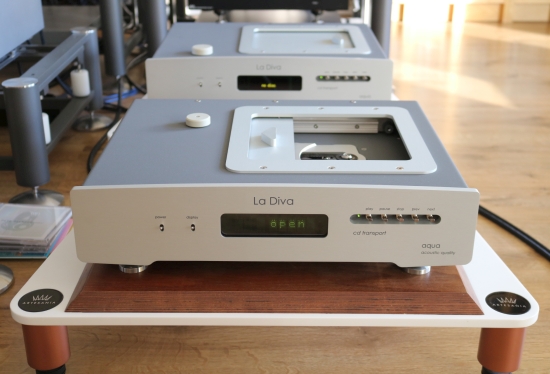
La Diva M2
Ever since I was aware that a new model was coming, I had been awaiting its arrival with immense anticipation. Fortunately, the M2 delivers on its promise. It is not only a successor with a different CD mechanism but indeed a wholly different player. And along with its mechanical and electrical changes, the La Diva M2 also brings a couple of changes in the sonic presentation.
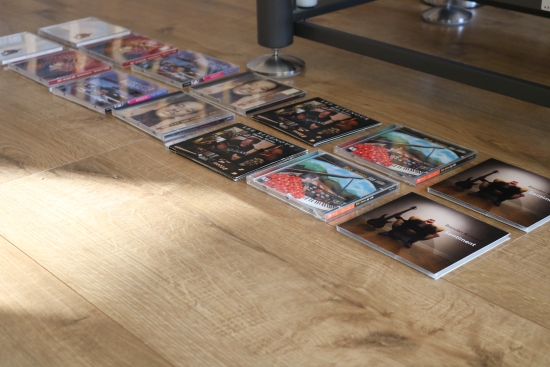
Having extra copies of CDs made for comfortable direct comparisons
To my relief, the new player has not become one of those CD players that has succumbed to technical advances at the expense of the natural organic presentation of which the format is capable. Rather, the La Diva M2 retains all the aspects for which I feel that the format still has the edge. These include the unequaled free-breathing sense of flow, the organic imaging, and a superb level of refinement and air.
Along with this, the M2 brings a newfound level of richness and tonal saturation and considerably wider and deeper soundstaging, compared to the original La Diva. If the original was lean, a little dry, and perhaps slightly analytical, the new M2 is smooth, harmonically rich, and slightly euphoric. In this regard, the M2 is a little bit closer to the La Scala than the Formula xHD. Amazingly, however, the M2 brings this new level of organic richness along with an even higher level of refinement and low-level resolution that, in turn, brings it closer to the Formula than the La Scala.
These changes and improvements make that there is now a wider and deeper aural landscape all around the speakers with freer, more varied, and richer-sounding instruments within the stage, along with a razor-sharp central image.
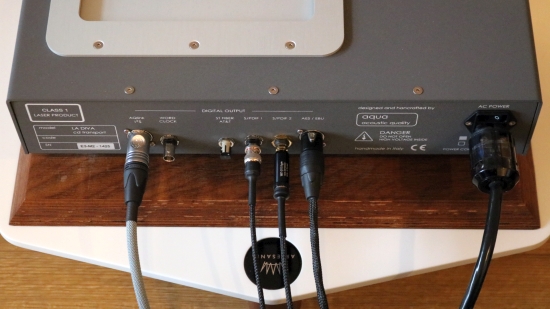
Having tried the La Diva M2 transport with the Aqua Formula xHD DAC as well as the CH C1 DAC, and via AES/EBU as well as AQLink, I can confirm that the La Diva M2’s outputs sound quite uniformly, but with subtle changes depending on the cable that is used.
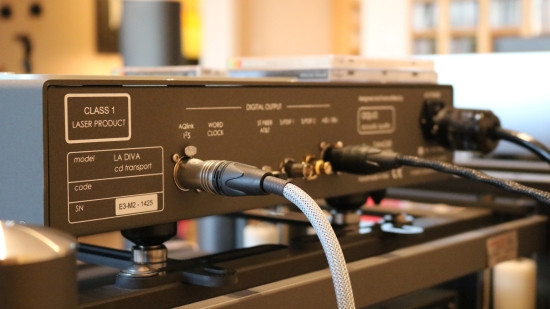
In comparing the Jorma AES/EBU cable to the Aqua AQLink using the Formula DAC, in spite of slightly shallower soundstaging and a relatively drier delivery, I must give the edge to the more expensive Jorma cable for its superlative incisiveness, articulation, and expression. But these are mostly matters of preference and if tonal saturation, soundstage depth, and flow matter more, then the AQLink provides relatively better performance. Between the Jorma RCA-RCA and Jorma BNC-BNC variants, I could not reliably detect a difference, while both were also very close in sound to the AES/EBU cable, just very slightly fuller in the bass and ever so slightly rounder on the transients in general. Of all these connections, the AQlink remained the richest and tonally most saturated.
Let’s return to the Server/Streamer versus CD player matter just one more time. As every reader of this site by now probably knows, I place a big emphasis on bass tightness and articulation. However, I also deeply value the emotional content of the music which is strongly tied in with the flow and breathing aspects of the reproduction, and it’s not often that these aspects are found in equal measure. But the La Diva M2 provides a balance that comes nearer to this ideal than many.
In addition to having bass that’s almost as tight as the Grimm MU1 in non-oversampling mode, the La Diva M2 adds a considerably more spacious and free-flowing feel. In this mode, the MU1 is most articulate, but it also sounds more contained between the speakers both sideways and in the depth plane. The server can actually deliver a kind of delivery that is more akin to the spaciousness and freedom of CD by switching it to four times oversampling but then it loses a significant portion of its bass tightness as well as its razor-sharp imaging focus. Meanwhile, the La Diva M2 is both articulate and sharply focused, in addition to sounding lavishly spacious and free-flowing!
The LinQ, finally, manages even more incisive and solid bass that’s of the proverbial chiseled from granite kind, in addition to an even more expressive and percussive midrange. These are all aspects that I value, especially when playing music that relies heavily on pulsating rhythm and sharp transient attack but especially when playing soulful music or anything with a natural recorded acoustic, the La Diva M2 provides a more organic, more free-flowing, more forgiving, and ultimately more emotionally involving performance.
Next: Placements and Conclusion

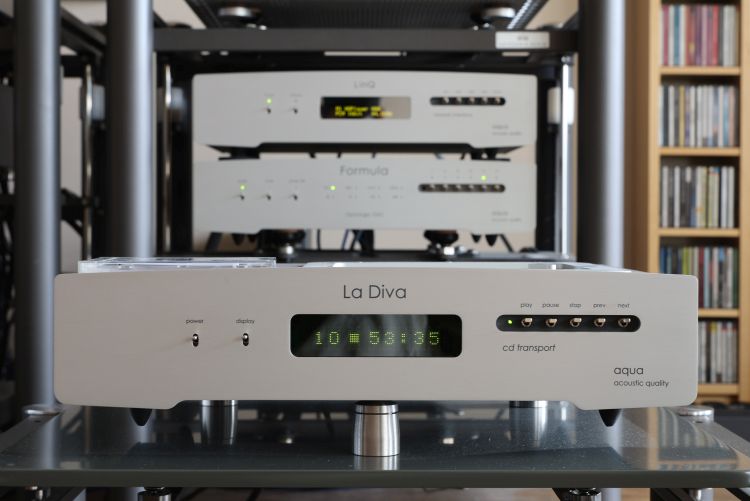
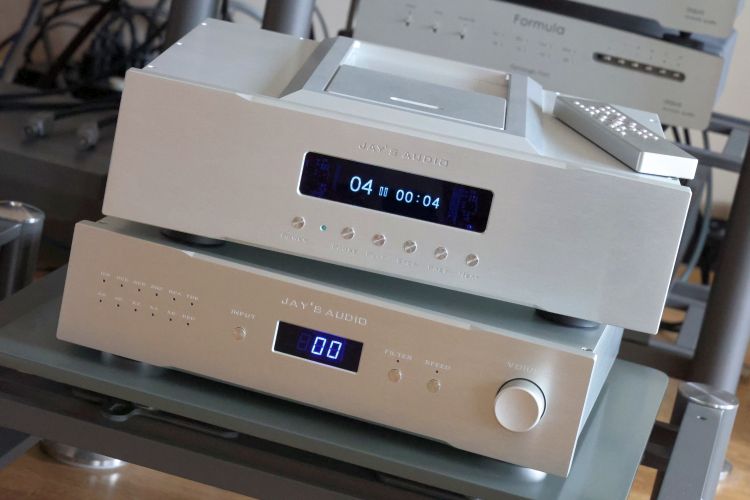
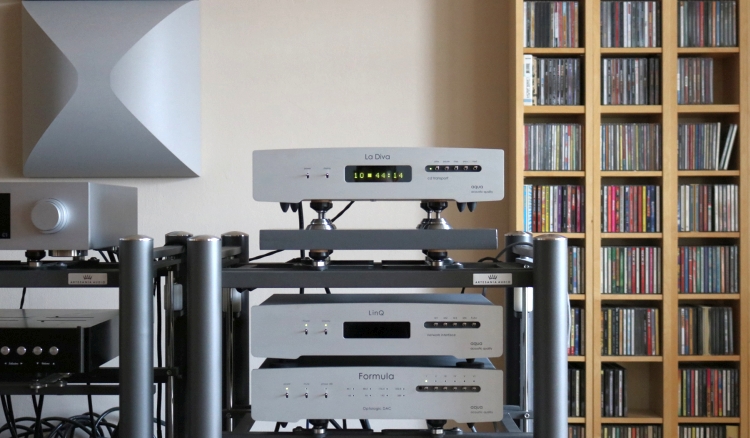
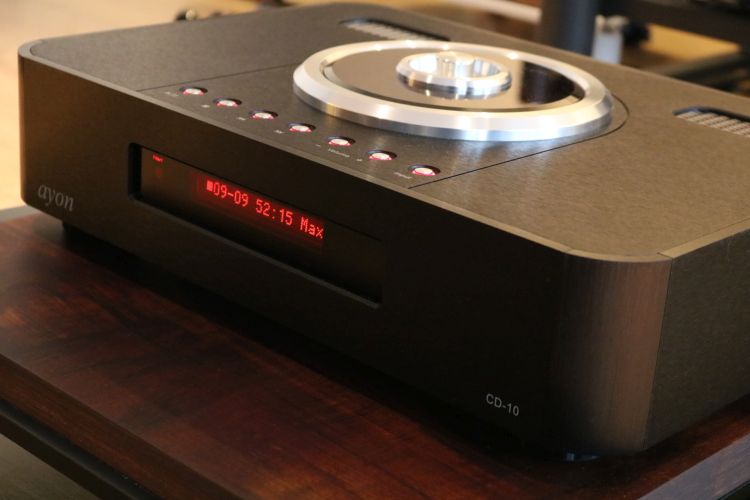
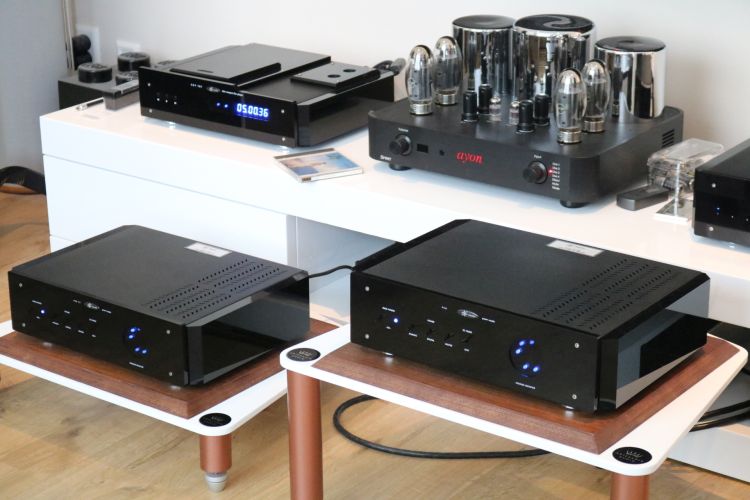
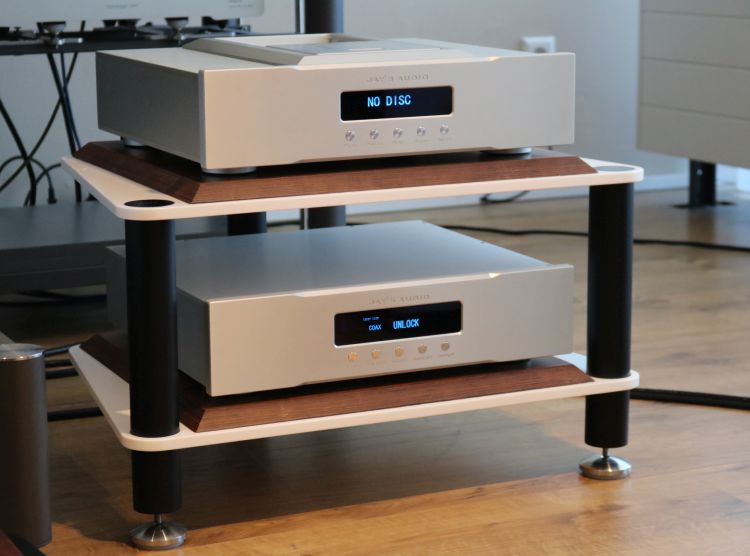
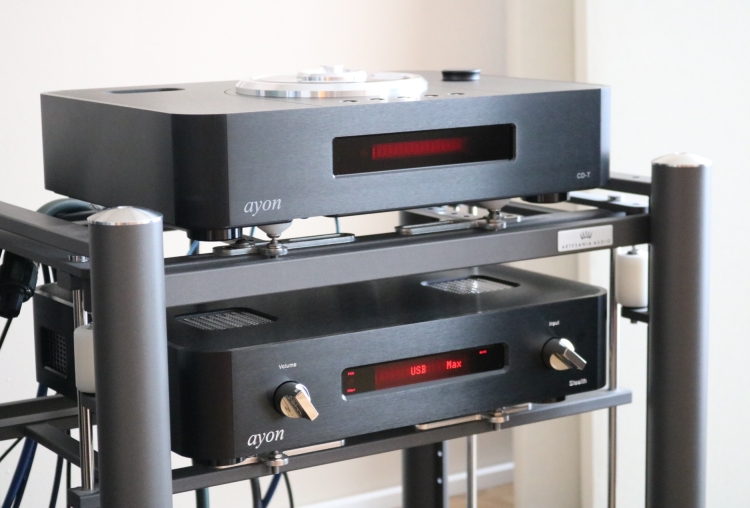
Hi Christiaan,
excellent review since you are valuing very much the emotional aspects of the playback with this device.
I also appreciate that the review is on “one” page, much better now.
And many congrats for your new job you mentioned on WBF
Matt
Hi Matt, thanks, and glad to hear you liked the review! Also, thanks for bringing the paging matter to my attention. Actually, -cough- I had forgotten to add the dividers. So sorry, but I’ve now put them in.
Christiaan,
I really prefer to have a review on one page than on several pages
Matt
And another inspiring review. When the Compact Disc is rediscovered will it be named as Polycarbonate? I would say, in any case, keep spinning! If you mention my name in relation to sound tuning, it is seen as a personal challenge, so keep an eye on your mailbox, because I am working on several variations on the Bells Bronze theme. Specially created for HFA. Patience.
Indeed! Let’s resume the good habit of bringing along some nice stacks of Polycarbonates to play at friends’ places!
Looking forward to future Bells Bronze products:-)
Hi Christiaan,
Great review! Gives me a lot of clarity regarding what the La Diva M2 sounds like.
A few things I’m curious about…
1) Have you had a chance to compare the M2 with other transports such as the Pro-ject RS2T which share the same StreamUnlimited mechanism? Do you find that there is a distinctive sonic signature there?
2) Curious if you found the La Diva M2 fatiguing? I’m considering purchasing it but fear that this might be the case.
3) Also, curious your thoughts on the how the La Diva M2’s sound and perhaps even the whole StreamUnlimited sound signature compare to the sound signature of the CEC transports? Does one sound generally more “analog” than the other because I’ve heard that term used to describe both the CEC brand in general and the M2 in particular.
Hi Ajay, alas, I have not heard the Pro-Ject. I know it uses the same mechanism but that is but one building block. Of paramount importance are also the clock, power supply, and output section. These matters can have a large influence on the sound of a player.
The Diva M2 most definitely does not sound fatiquing. It has the benefits of the classic CDM1 drives combined with great resolution and transparency. It sounds fluid, refined, and “analog” in the best sense of the word and it is relaxed whilst not going overboard in terms of creaminess or warmth.
I find that people use the word “analog” when describing a smooth, sweet, non-edgy sound. But they often go overboard with this. After all, real-life artists also do not sound creamy…;-) Anyway, the CECs I heard (I owned the Tl1x and heard a few others) sound smooth and free-flowing, but to me also a little too “analog”. They are not similar to a good LP record or reel-to-reel recording (which one should refer to as exemplifying analog), but are overly sweet, round, thick, and relatively slow. The TL1x actually sounded slower and less dynamic than classic CDM-1-based Marantz CD94 used as a transport.
If you crave that extra bit of smoothness and warmth, then there’s nothing wrong with that, but I would personally refer to it as “Romantic”. Usually, it is best to add this extra dose of romance in the DAC, preamp, or the analog cables. Anyway, that’s just my opinion:-)
Hi Christiaan, Thanks for the insights! I agree with you that the place to start adding in extra smoothness, warmth and the like would not be at the transport. Probably not even the DAC. I was thinking a tube preamp would probably be the best way. I mean, I assume it’s best — in theory — to bring as much resolution/detail into the chain upfront and then “soften” its edges (if necessary) later in the chain, than to sacrifice resolution/detail upfront because, by doing it upfront, it would be fundamentally unrecoverable down chain.
When one considers it from that standpoint, sounds like the CECs (at least the lower to mid-tier units I have been looking at) are likely inferior to the M2 on every meaningful count.
Your description of the CEC in your reply to me reminded me a bit of things you mentioned in your Jay’s Audio CDT3-Mk3 review. I was also considering that unit. Sounds like the Jay’s for you was also not at the level of M2, especially considering the proper role of a transport in the audio chain?
BTW, I love your reviews! Been following for a while. Can’t think of anyone else with quite as much insight into the CD medium — particularly extending into the present — as you!
Thanks for the praise, Ajay! Indeed, I would regard the CEC house sound (at least based on the TL1x that I owned) as sounding warmer, slower, rounder, less well-resolving, and less exciting than the Aqua Diva M2. Even so, the Diva M2 is never etched or dry. It remains on the fluid, gentle, and refined side. It is the best transport that I have heard so far.
Thanks! Just bought an M2 today – in no small part, on strength of your feedback. I will let you know how it goes!
That’s nice, Ajay! Indeed, do let me know.
BTW, would you mind giving me some advice: I am going to be going out from the M2 into a Mola Mola Tambaqui. It appears the only two common connections options would be s/pdif aes/ebu. I have neither cable type on hand because I prefer USB, generally. I will need to buy a decent cable. Of those two, would you have a genera preference in terms of sound quality? Thank you again!
The USB standard is not used with CD transports. Between AES/EBU and S/PDIF, I prefer and use AES EBU, and my brand of choice is Jorma Audio. The Jorma AES/EBU cables (and S/PDIF variant) are the most neutral, linerar, and accurate that I have heard. See my review on this site. For alternatives, please have a look at the other cable reviews that I did.
Thank you! Sorry, I misspoke. I have been using an Optical connection, which isn’t going to work on this case. Thank you for the suggestion! And yes I do recall that that Jorma has indeed been mentioned.
Ah, well, even if TOSlink was an option with the Diva M2, I would strongly suggest going for either S/PDIF or AES/EBU. Of course, you could also investigate Aqua DA Converters. The La Scala, for instance, is very special, and this then opens the possibility of using AQLink which is Aqua’s I2S implementation which is better than AES/EBU.
Will do! Thanks!
Hi Christiaan ,
It seems that Bricasti have released a new CD / SACD player (Drive) which could be very interesting to test and compare !
https://www.bricasti.com/en/consumer/m19.php
Best Regards
Pascal
Hi Pascal, your comment was in spam and I only found it now. Indeed, this player will be interesting to review. I will see if I can get one in for review.
Great review Christian, I have all three of the Aqua units (M2 Ladiva, Formula Xhd V2, & Lin-q) and find your assessment of the units mirrors my own experience. It must be something in Italy that rings my bell as I also have a full set of Audio Analogue Maestro SE preamp and a pair pure Class A SE mono power amps. They pair perfectly with a pair of Amphion Krypton 3X speakers + 6 stack REL S510 subs. my music server is an Uber custom build that with the LinQ compares favorably with anything I have heard at any price. I find your writing/reviewing style very enjoyable and informative so thankyou.